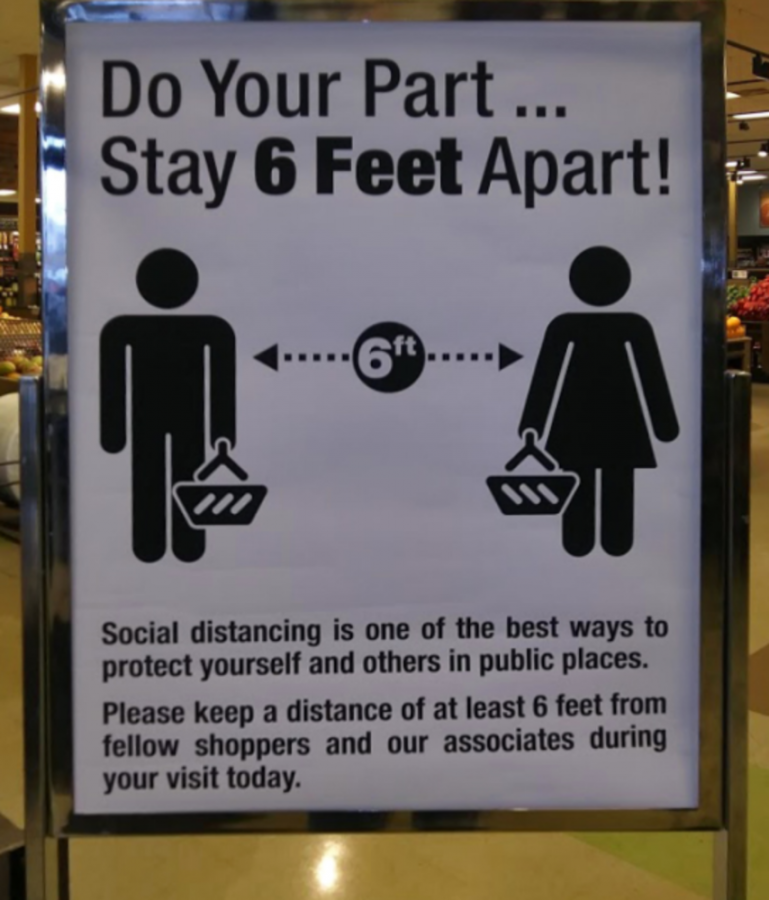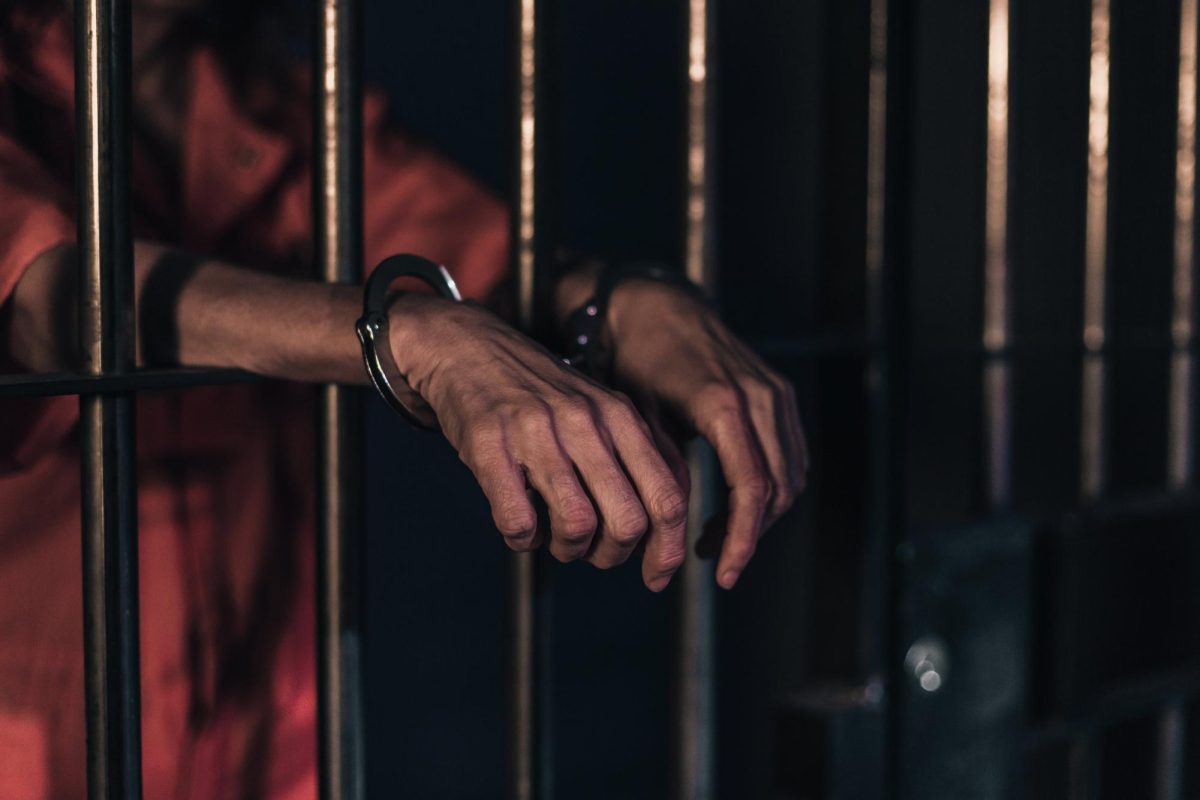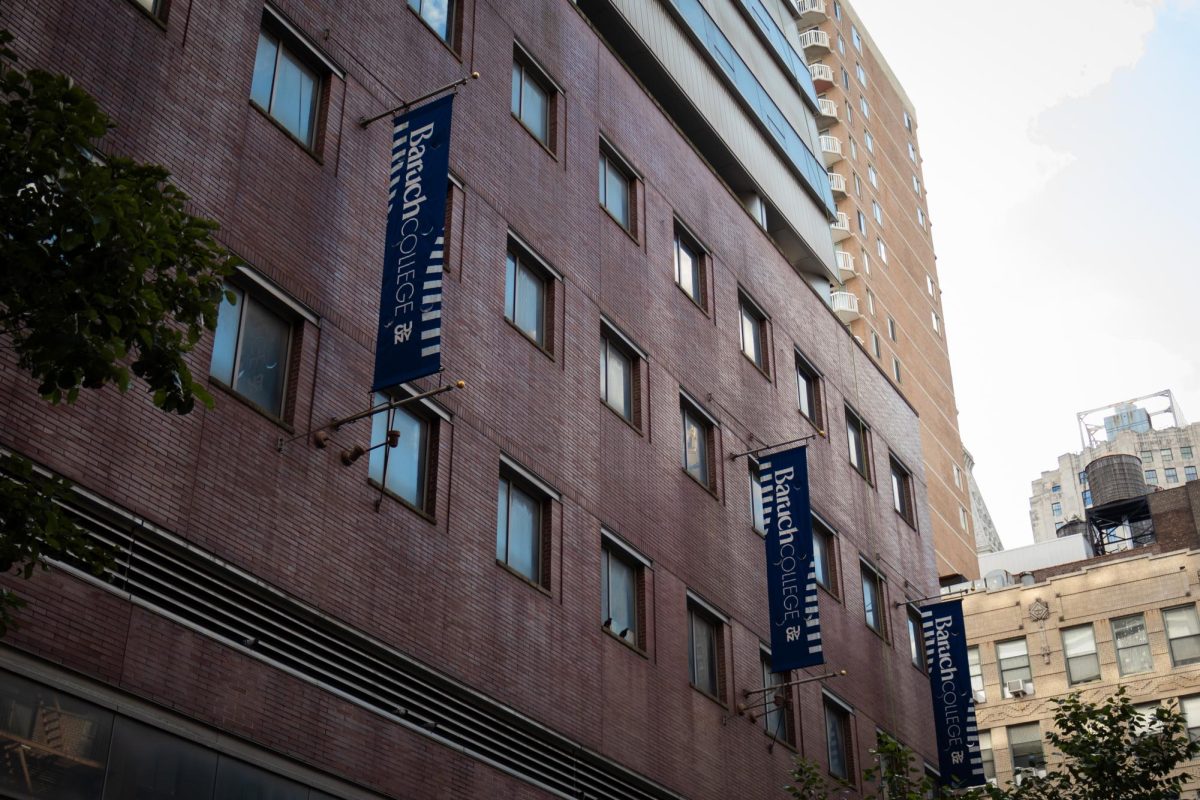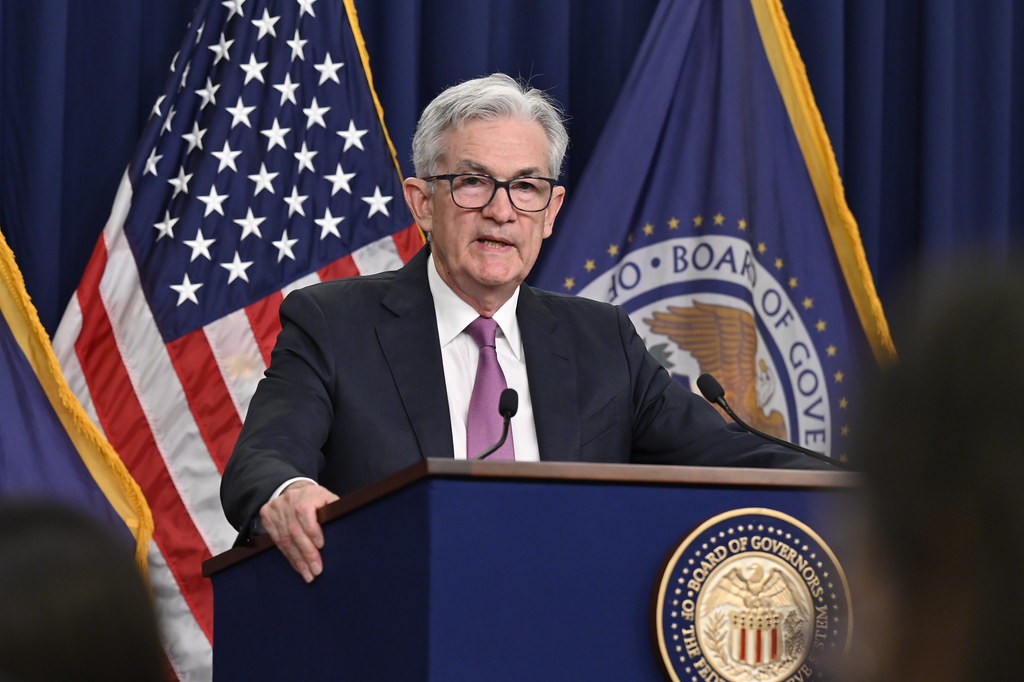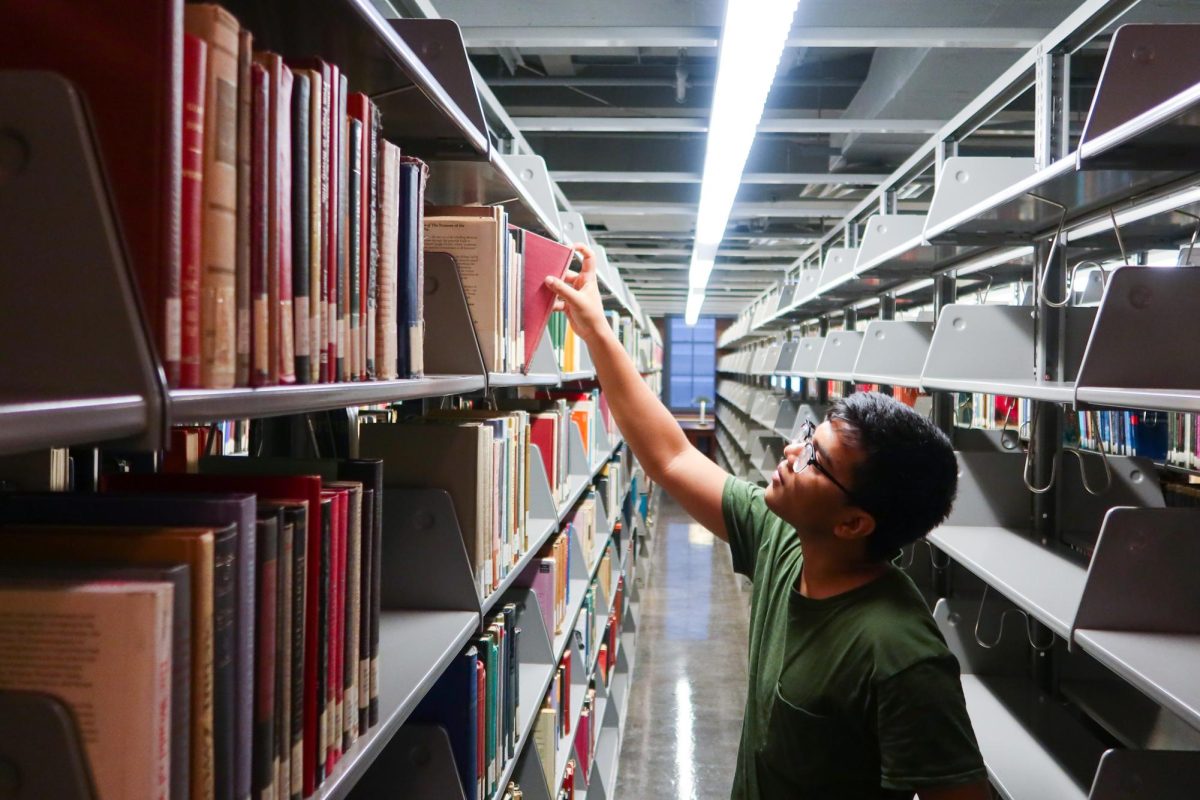With New York State Gov. Andrew Cuomo allowing indoor dining to reopen up to 25% capacity in New York City restaurants on Feb. 12, it calls into question the way the state has been reopening on a regional basis.
The reopening in New York has been processed on an individual region-by-region basis.
Cuomo and his administration divided the state into 10 regions, each made up of the 62 state counties: New York City, Long Island, Mid-Hudson, Capital Region, Mohawk Valley, Southern Tier, North Country, Central New York, Finger Lakes and Western New York.
Because New York City is more highly populated than much of the rest of the state, the five boroughs have had a different reopening schedule than the other regions.
After opening restaurants up with 25% indoor capacity back in late September and then reclosing them due to an uptick in coronavirus cases, Cuomo recently decided to allow restaurants to return to 25% indoor capacity, mainly at the insistence of the food and hospitality industry.
Limited indoor dining is set to begin in New York City restaurants on Feb. 12, two days sooner than Cuomo had initially wanted.
However, all while New York City restaurants were facing strict restrictions due to the city’s high positivity rate, residents of the five boroughs could have easily just driven out of the city to eat indoors somewhere.
Long Island, Westchester and even neighboring New Jersey have been less strict with COVID-19 restrictions, allowing indoor dining.
For people living in south-eastern Brooklyn and Queens, Long Island is only a short car ride away. For residents of the northern Bronx, Westchester is just a couple of blocks away and the entire borough of Staten Island is closer to New Jersey than it is to the other boroughs.
Nothing is stopping New Yorkers from leaving the New York City region and eating indoors just one region over.
There’s no barrier or checkpoint in between regions. There’s no line in the sand. One block is the New York City region and the next is Nassau County, with its relaxed COVID-19 restrictions and wealth of restaurants looking for customers.
This system just doesn’t make sense.
Not only does this mean that unknowingly coronavirus-infected New Yorkers can be traveling from the city into a safer region and can potentially cause an outbreak there, but it also means that restaurants near the outer edges of the boroughs are losing business to the outer-region restaurants just a few blocks away.
Additionally, if the borough residents aren’t unintentionally bringing COVID-19 with them from the city into the other regions, they could be unknowingly bringing it back with them into the city.
Sitting mask-less inside a restaurant with a bunch of other people is a surefire way to spread germs and COVID-19 — which has been shown throughout the roughly 11 months of this pandemic.
This system can hurt local restaurants’ business. It can mean outbreak, hospitalization and death for anyone who isn’t staying in their homes.
However, it’s necessary to acknowledge that shutting down all restaurants in the state may not be the right answer, either. Doing so may lead to the death of the state’s entire dining industry.
A potential way to rectify this is to create an app for residents of New York State — or even the Tri-State Area — for contact tracing.
Of course, the state has already taken measures to ramp up contact tracing throughout the pandemic as a way to track potential infections and outbreaks, but there doesn’t seem to be a way for individuals to use this data themselves.
An app where residents can put in their name and address or neighborhood in order to tell them if it’s safe for them to eat at a certain restaurant is a possible solution.
By putting in their current address, the app would be able to clearly show which zone the person is in and whether they are attempting to eat at a restaurant outside of their region. Restaurants should require people to show their app to the host or hostess, so that people who live in more risky areas like the New York City region can be turned away.
While this clearly isn’t a perfect plan, it could help make sense of the varying restrictions and rules, while keeping people in their designated safety regions and allowing restaurants to allow some form of indoor dining where it is safe to do so.


